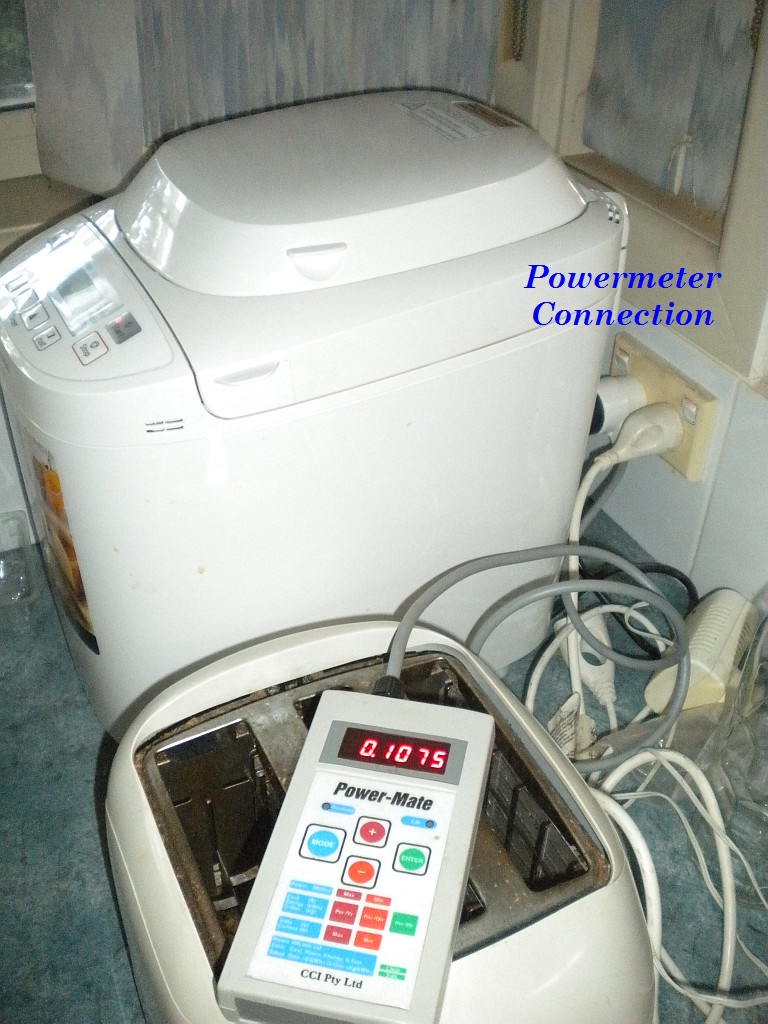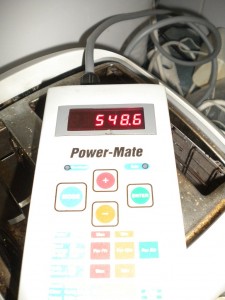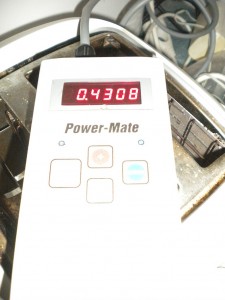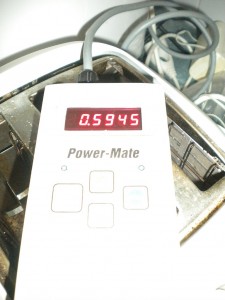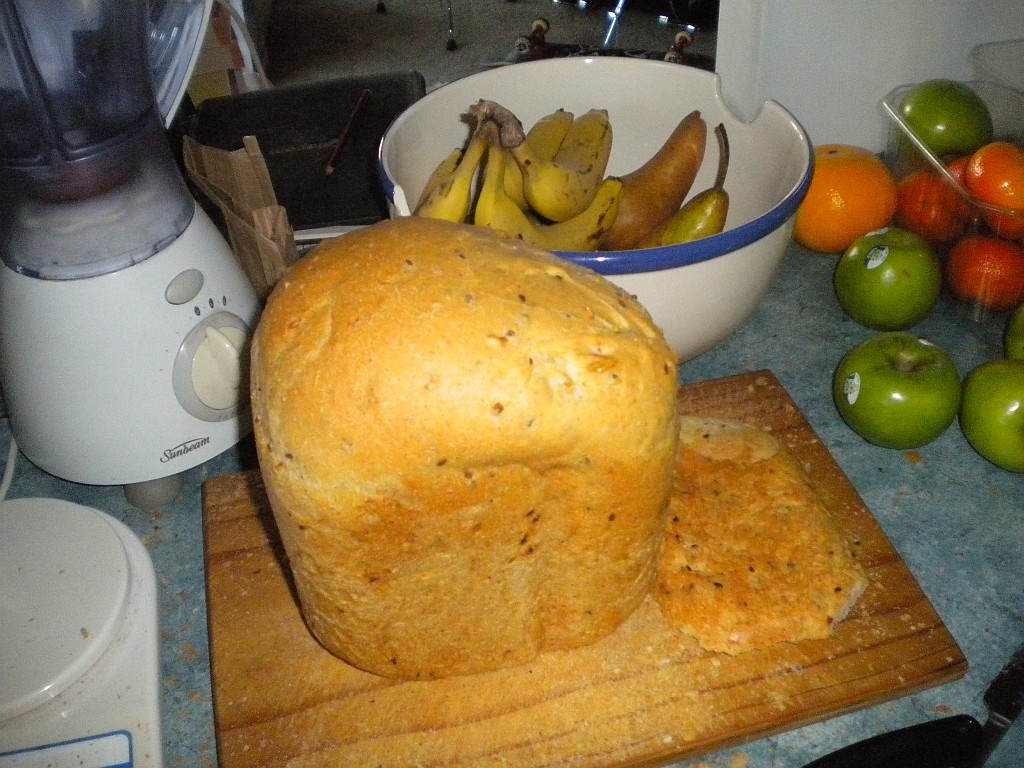Well, it’s been a while since I posted. I’ve been sidetracked with a few things, some of which will be the subject of future posts. But I thought it was about time I got back into the swing of things because today I found the perfect subject, measuring a loaf of bread.
How do you measure a loaf of bread? Length? Breadth? Width? No?
How about weight? What about calories? Food miles/kilometres? Energy used in production? Greenhouse house gas emmissions (GHG)? Hmmm, now we’re getting closer.
In fact, all those ways are valid, interesting and informative. But I particularly wanted to measure the energy used by our (not so new) breadmaker in making a loaf of bread. Why? Because I hadn’t got around to it yet and I like to understand how our appliances use energy. This helps us reduce our overall energy use. And, since Sustainable House Day is on this weekend, I thought it would be a timely post on measuring energy use.
So how do you measure how much power a breadmaker (or anything else) uses? With a clever little device called a power meter. These meters connect between the power point and the appliance and record power, energy, cost, GHG, etc.
I use one particular brand of power meter that I bought a few years ago when I was doing energy audits but there are many different brands on the market and they do a good job. You can also hire them from various environmental groups and businesses. Many of the newer models store the readings or allow you to download the data to a computer for further study, or to create charts and graphs. This allows you to see how you are using energy and where savings can be made. It also provides a great way to chart your progress.
To use the meter I simply connected the cable from the meter to the powerpoint and then connected the breadmaker to it and let it do it’s thing for the next 4 hours. The picture shows the setup with the meter sitting on top of the toaster for convenience. The display is showing approx $0.10, the total cost of electricity used.
The interesting thing about the breadmaker is that it has three different power consumption points. Most of the time it is just sitting there monitoring the temperature and time as the dough “proves” or rises. Occassionally it switches on the heating element to maintain the ideal proving temperature. It also uses more power when mixing and kneading the dough and , of course, there is the actual cooking time. Suprisingly, during the proving time it only uses about 0.5W which is considerably smaller than the standby load of many appliances. During the heating or cooking phase the power usage climbs to around 550W. The pictures below show the various readings at or near the end of the cooking process.
So the breadmaker adds about 0.4kWh to our daily use at a cost of approx. $0.10 assuming 1 loaf per day. We would also be emitting around 600g of CO2 if we weren’t on 100% greenpower. Even with the cost of the electricity the cost of the bread is significantly lower than shop bought bread.
Of course, none of this takes into the account the growing, processing, packaging and delivery of the flour and other ingredients. However, these would be similar even for shop bought bread.
The other important measure is what does the bread taste like. Absolutely delicious with no added bits to be concerned about.
And for those who are interested, here is the recipe we use for our daily bread. You may need to adjust the mix to suit your machine or method.
1 1/4 teaspoons breadmakers yeast
2 cups white bread flour/mix
1 cup multigrain flour/mix
1/2 cup rolled oats
330ml water
1 tablespoon vegetable oil
YUM!
